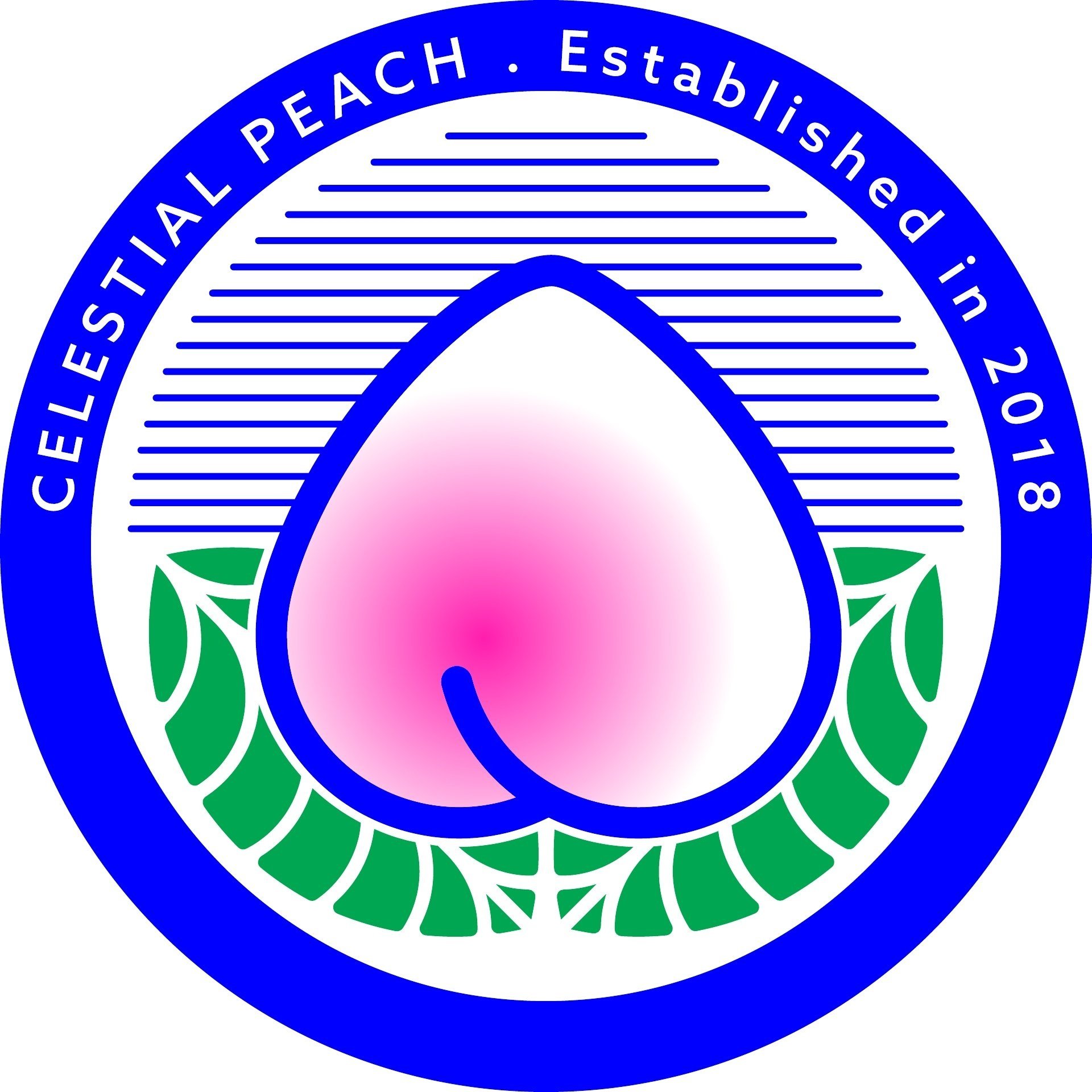Chinese Vegan Guide to Five Spice Powder
Ginger, Posh, Scary, Sporty and Baby.
Five spice is recognised in the West as a quintessential Chinese flavouring, well known as a spice rub for fatty meats suck as Peking style duck or for pork belly.
Supposedly dating back to 400BCE, its true moment of inception is unknown, although the generally accepted mythology is that it was invented as the ultimate spice mix to balance the internal humours, according to Traditional Chinese Medicine. The ‘five’ in question refers not so much to the number of ingredients as to the perfect balance of the five crucial flavours: salty, bitter, sour, sweet, and pungent.
So, if there is one Chinese ingredient that summarises the harmonious theory of yin yang it's five spice. In Chinese dietetics or food therapy, balancing the flavours on your plate is one way to create healthy energetic balance in your body. In a modern interpretation, this arguably holds true; a well–rounded flavour that is not too overpowering or stimulating will not encourage gluttony and instead invites a feeling of satiety.
What is in five spice?
Star anise, cinnamon, Sichuan pepper, fennel seed and cloves
A quick glance at commercially available five spice mixes show that other herbs and spices often make a guest appearance, such as ginger, liquorice, mandarin peel, galangal, turmeric and nutmeg. In my opinion, five spice isn’t what I would call a perfectly balanced flavour — in fact it weights sweetness heavily and lacks salt.
While it’s traditionally used as a meat seasoning, I believe it enhances all manner of vegetables, from carrots to aubergines, cabbage and mushrooms. Its pungent sweetness seems to enhance the savoury qualities of umami foods.
Benefits
Fennel and cinnamon can help to prevent blood clotting and reduce hypertension.
Cinnamon also has anti-inflammatory, antioxidant and anti-diabetic properties.
Cloves are used across Asia and Africa and contain the antioxidant eugenol. Some people chew cloves as natural dental hygiene due to their anti-microbial properties.
Inclusion of Sichuan pepper may aid in digestion.
Star anise is a source of shikimic acid, used to manufacture the flu treatment Tamiflu!
Natural sweetness reduces the need to add sugar in cooking.
Tips
Mix with equal amounts of salt to truly balance the five flavours and create your own five spice salt — a condiment that is commonly seen in Hawaii.
Make your own five spice powder (thespruceeats.com).
Try combining with other herbs and spices with healing properties, such as ginger and turmeric, to brew warming tea.
Healthy vegan recipes
I thought I would consult the iconic Flavor Thesaurus (sic) to look up the different spice components and their suggested food pairings. Inspiration struck; here are some ideas that came to mind:
Five spice salted roasted nuts
Five spice almond biscotti
Five spice chocolate truffles
Five spice pickled cucumbers
Five spice glazed carrots
Five spice caramelised onions
Five spice chai tea
Further reading
I loved this tangential story of star anise, and how its small but starring role in Thai massaman curry betrays the dish’s true origins (food.ndtv.com)







